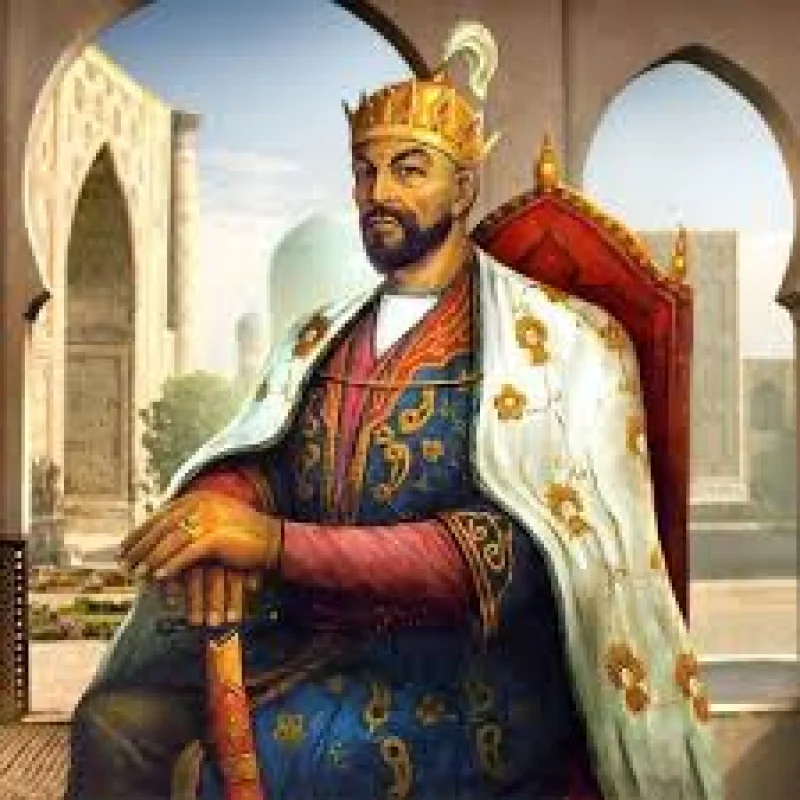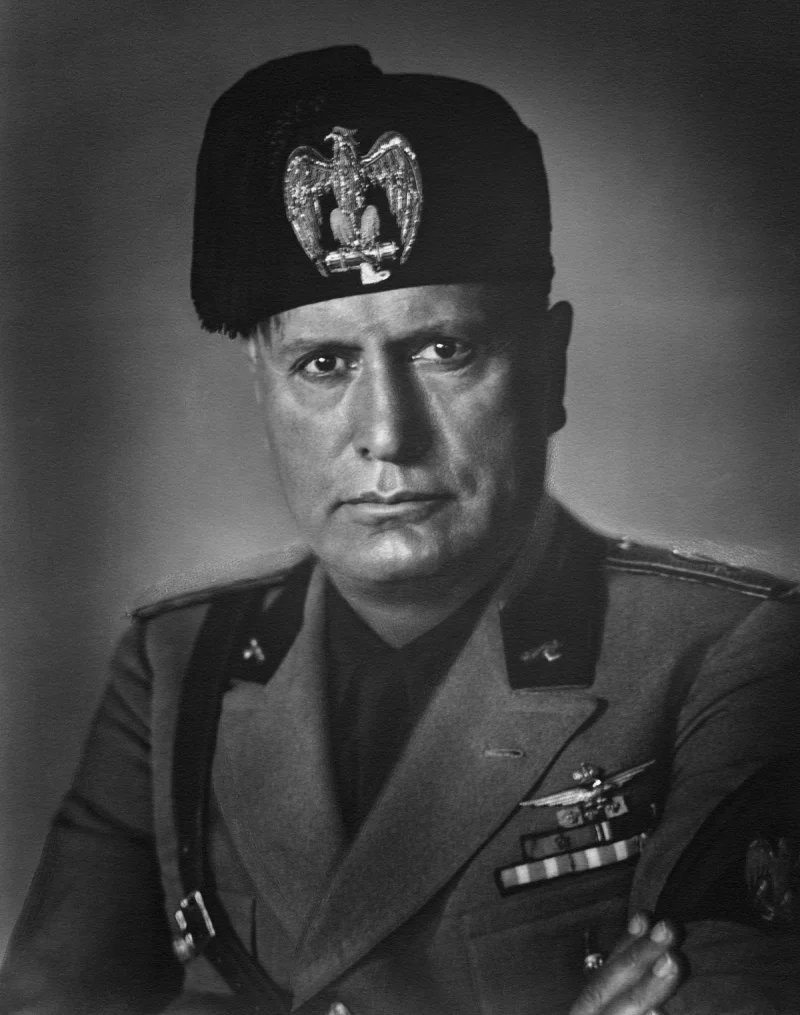Short Summary
Tamerlane, also known as Timur, was a 14th-century Turko-Mongol conqueror who established a vast empire across Central Asia and the Middle East. Famous for his military prowess and strategic genius, he is remembered for his ruthless campaigns and the cultural renaissance he fostered within his empire. Tamerlane's legacy is marked by his role in shaping the geopolitical landscape of his era and his influence on the art and architecture of the regions he controlled.
Early Life & Education
Tamerlane was born in 1336 in Transoxiana, a region in modern-day Uzbekistan. He hailed from the Barlas tribe, a group of Turkic-Mongol heritage. Though his early education details are sparse, it is believed that he was exposed to the military and political strategies that would later define his career. Influenced by both his nomadic heritage and the Islamic culture surrounding him, Tamerlane developed a unique blend of leadership qualities. His formative years were marked by an ambition to restore the former glory of the Mongol Empire, which deeply influenced his future endeavors.
Career Highlights
Tamerlane's career began with his rise to power in the 1360s, where he established himself as a formidable leader by uniting various Turko-Mongol tribes. His military campaigns expanded his empire significantly, reaching from the Indus River to the Volga and from the Tian Shan to the Persian Gulf. Key milestones include the conquests of Persia, Mesopotamia, and large parts of Russia. Tamerlane's leadership was characterized by his ability to integrate conquered peoples into his empire, promoting trade, and instigating a cultural renaissance that highlighted Persian and Islamic influences. His capital, Samarkand, became a thriving center of art and learning.
Major Achievements
- Conquered vast territories across Central Asia and the Middle East, establishing a powerful empire.
- Transformed Samarkand into a cultural and economic hub, promoting architectural and artistic developments.
- Implemented strategic military tactics that influenced later generations of leaders and conquerors.
- Fostered the spread of Islam and Persian culture throughout his empire.
Famous Quotes
- "I am the scourge of God appointed to chastise you since no one knows the remedy for your iniquity better than myself."
- "If you are strong, pretend to be weak. If you are weak, pretend to be strong."
Interesting Facts
- Tamerlane was reportedly injured in battle, resulting in a limp that earned him the name "Timur the Lame" or "Tamerlane."
- His empire, though expansive, did not outlive him long after his death in 1405.
- He claimed to be a descendant of Genghis Khan through his marriage to a Mongol princess.
- Tamerlane's mausoleum, the Gur-e-Amir, is a significant architectural masterpiece in Samarkand.
- He was known for his patronage of scholars and artists, fostering a rich cultural environment.
Legacy / Influence
Tamerlane's legacy is evident in the cultural and architectural advancements of his empire, particularly in Samarkand. His military campaigns and strategies have been studied by subsequent military leaders. Despite his often brutal conquests, he is credited with spreading Persian culture and Islamic traditions across Central Asia. His influence extended beyond his lifetime, impacting the political and cultural landscapes of the regions he conquered.
FAQ
Q: Why is Tamerlane famous?
A: He is famous for his vast conquests and establishing a significant empire in Central Asia and the Middle East.
Q: What was Tamerlane's capital city?
A: His capital was Samarkand, which he transformed into a cultural and economic hub.
Q: Did Tamerlane descend from Genghis Khan?
A: He claimed descent through marriage to a Mongol princess, though not directly by blood.









